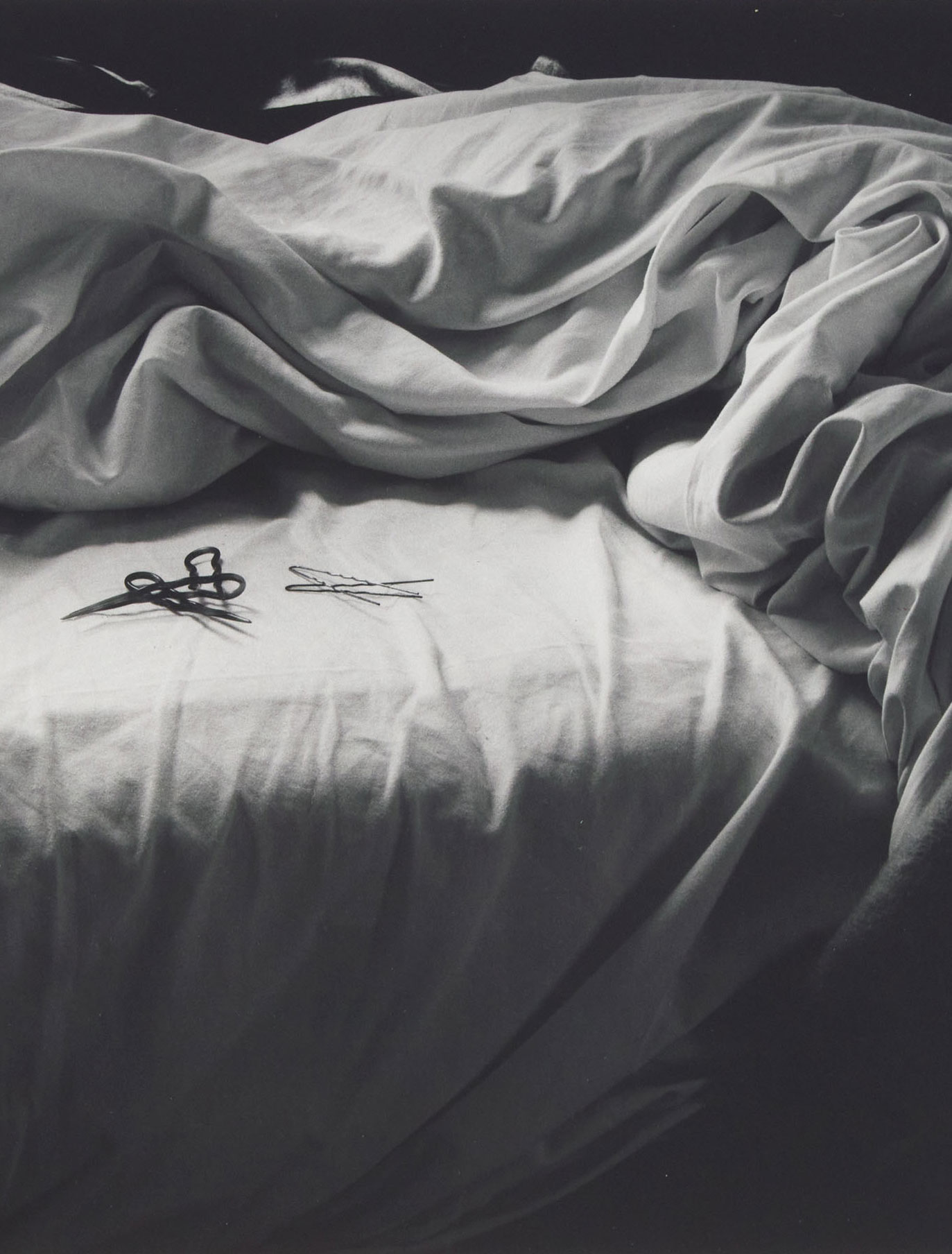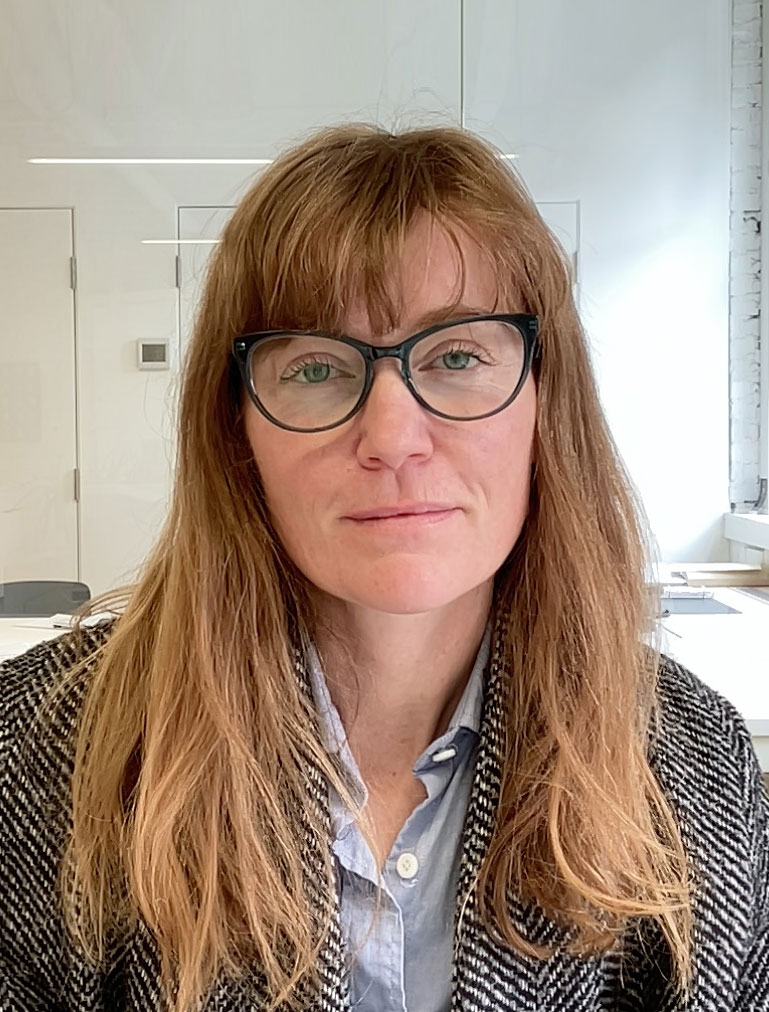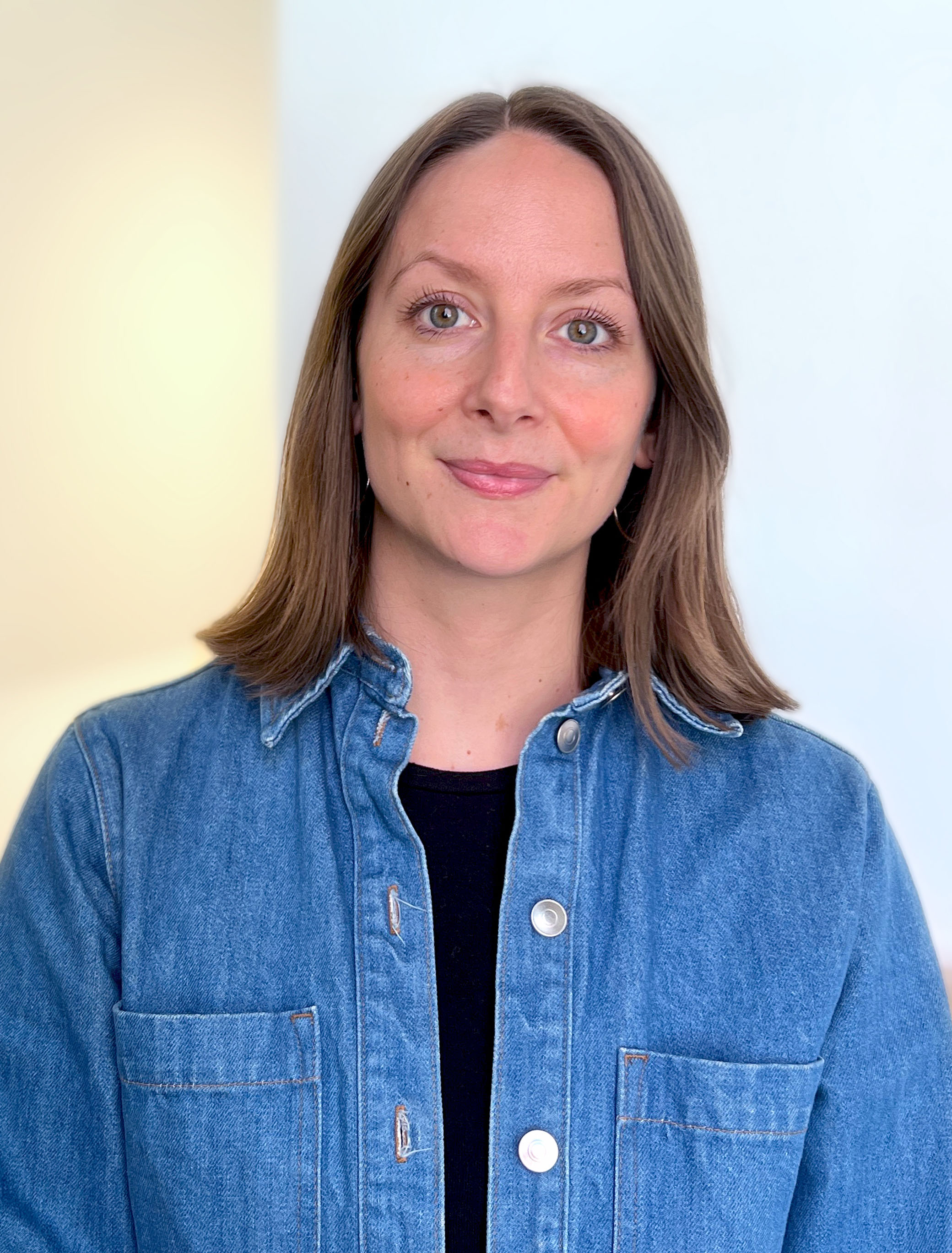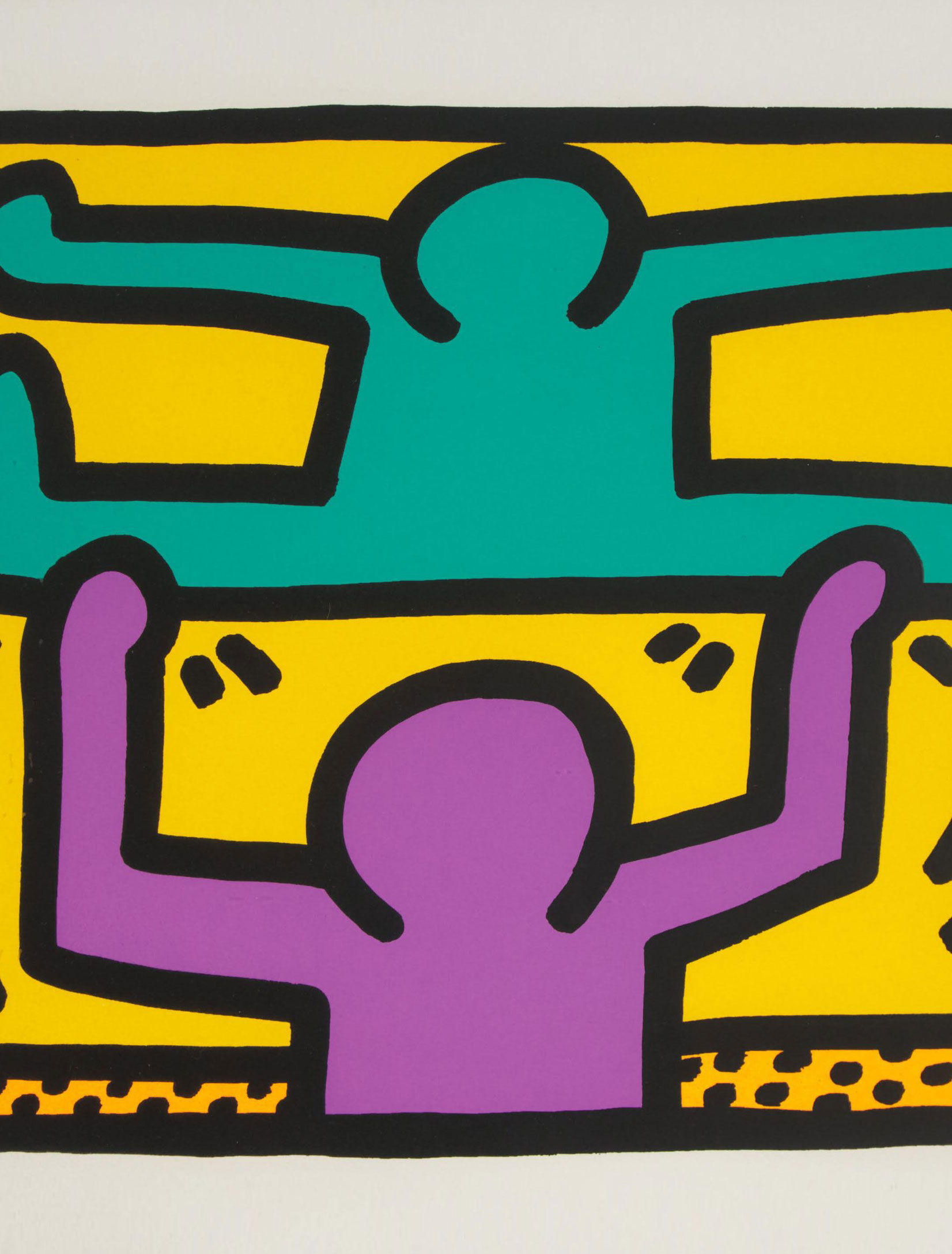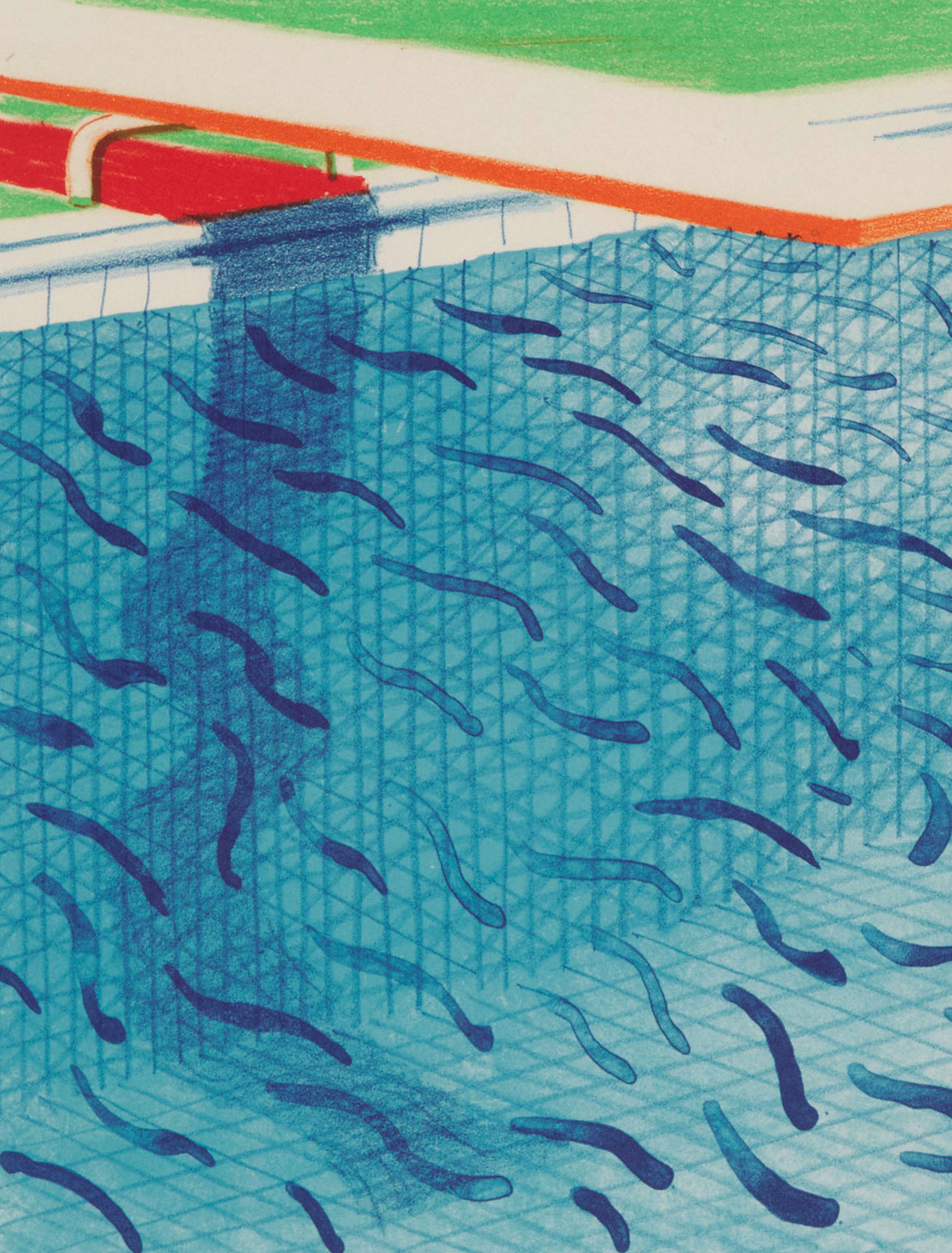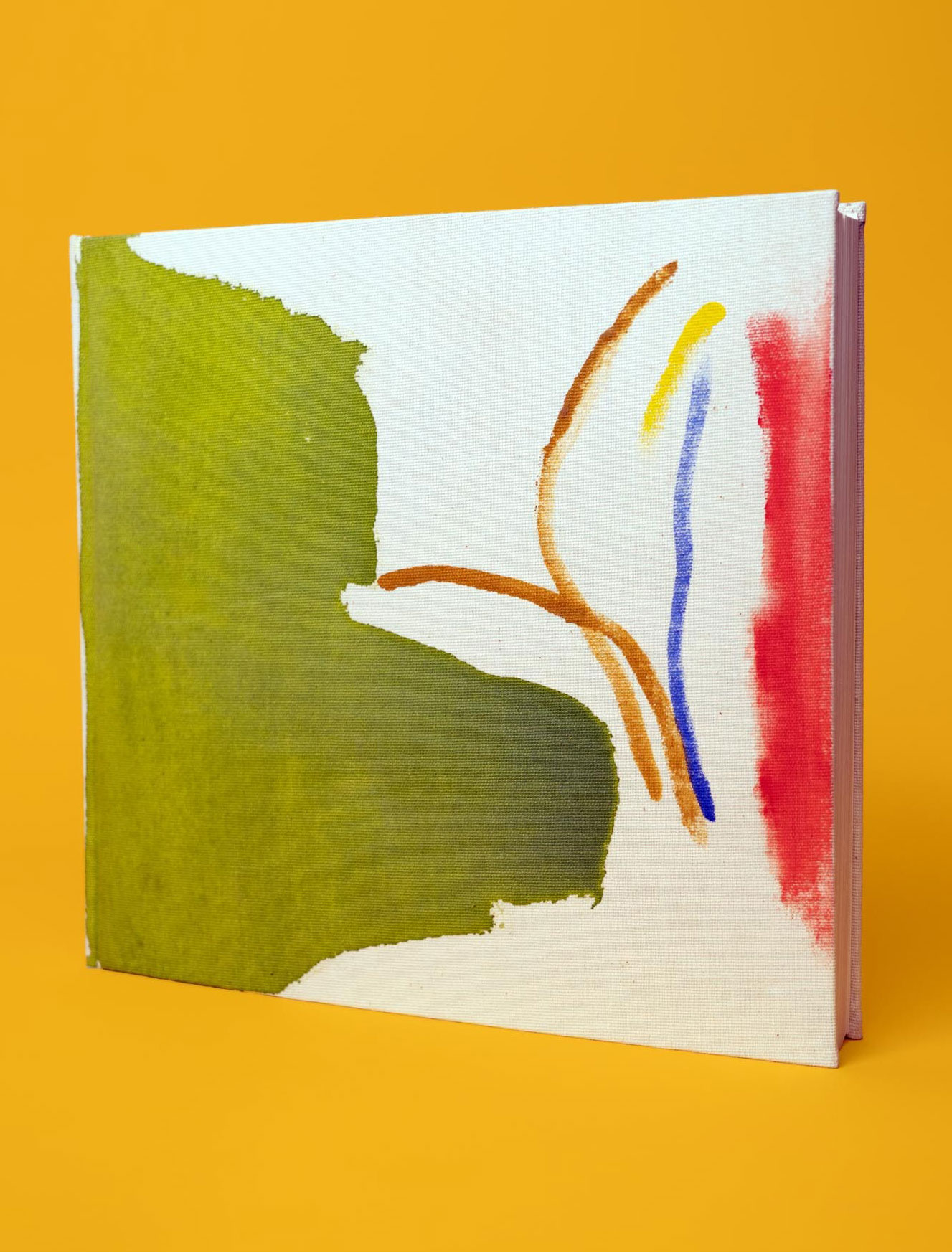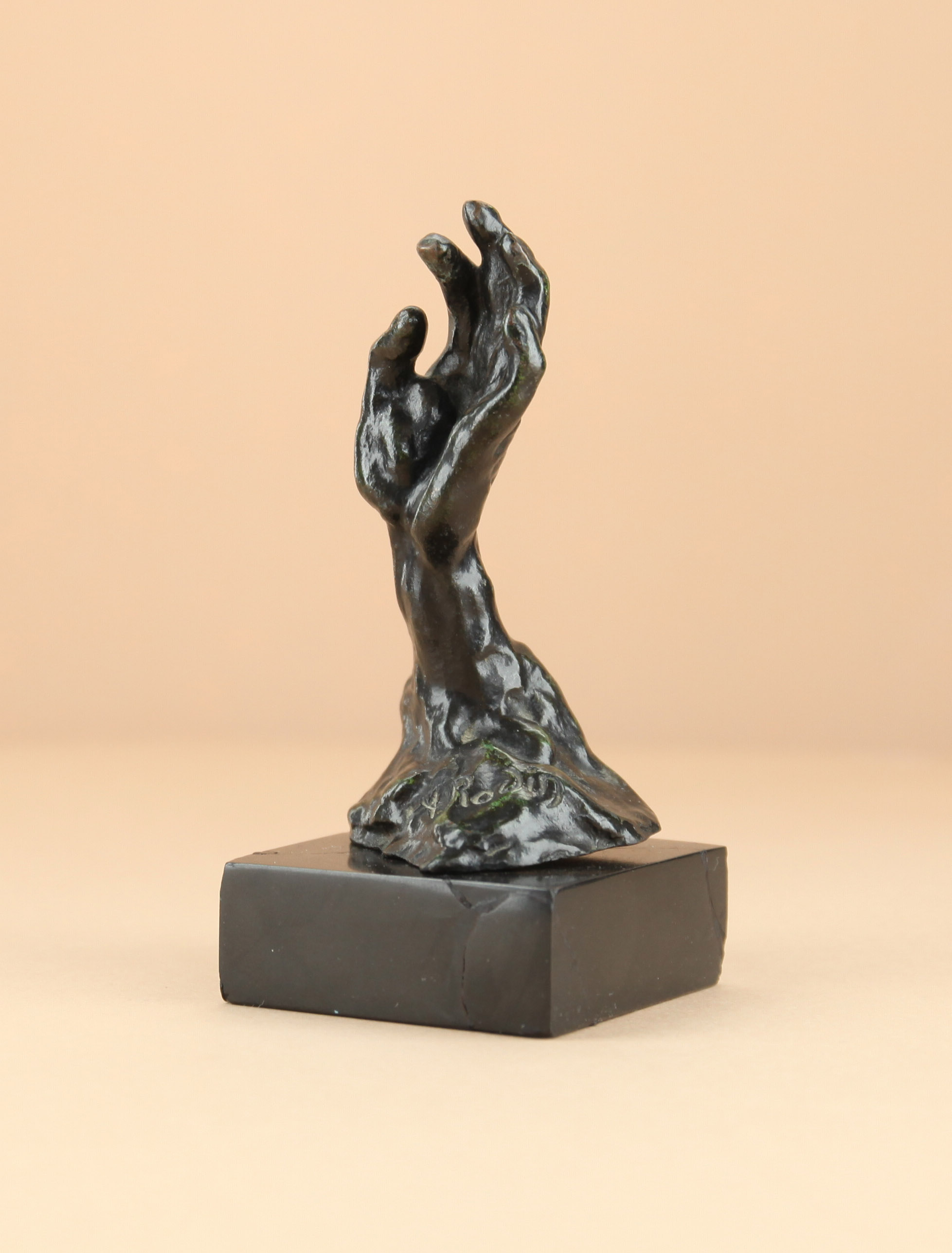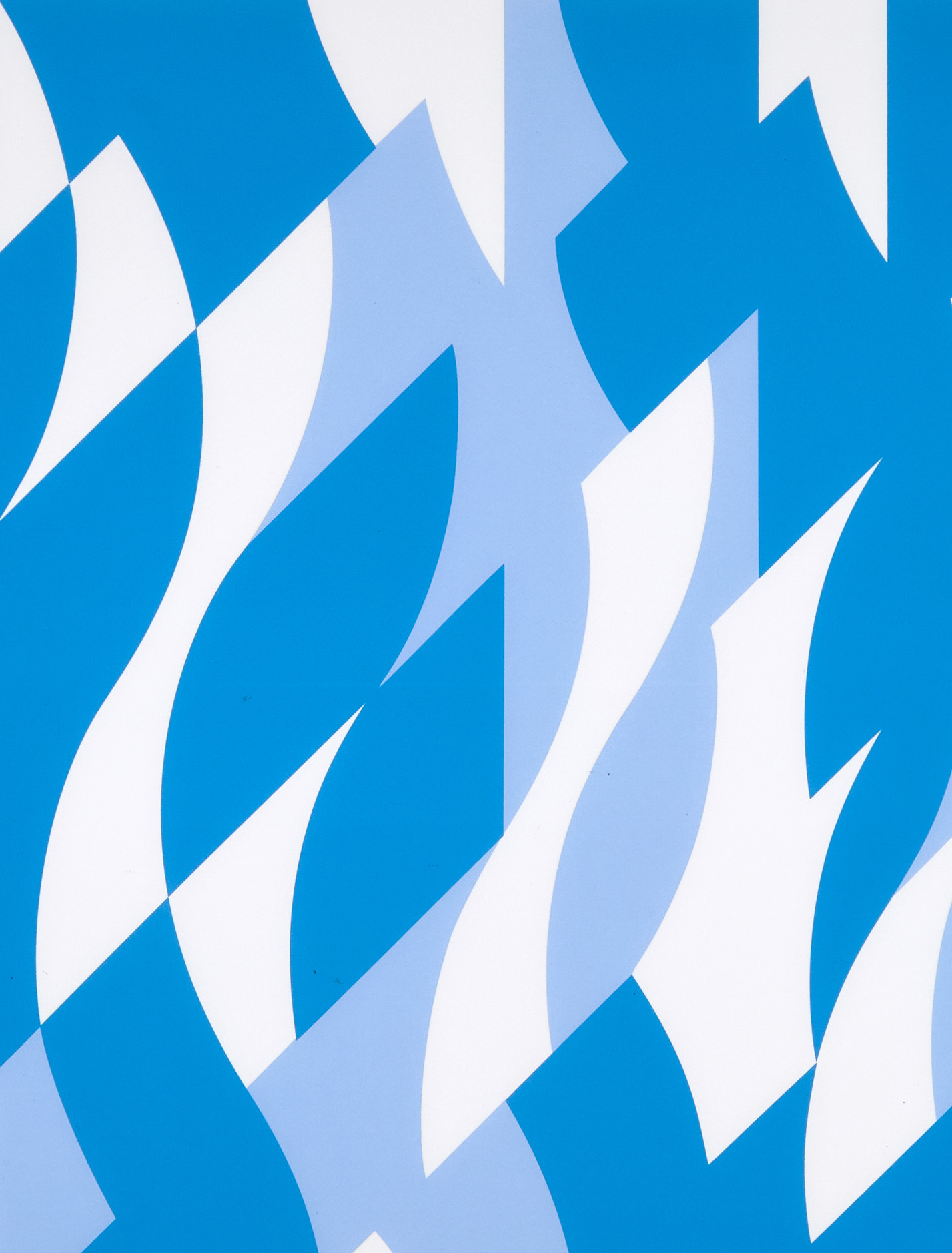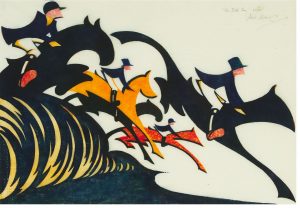
Known for her dynamic linocuts, work by British-Canadian artist Sybil Andrews is currently held in major collections around the world, including the Metropolitan Museum of Art in New York City, the National Gallery of Canada in Ottawa, the Victoria and Albert Museum in London, and the Glenbow Museum in Calgary—not bad for a girl born in small-town England.
EARLY LIFE
Born in Bury St. Edmunds, Suffolk, in 1898, above the hardware store co-owned by her father and grandfather, Andrews was the third of five children. Showing an aptitude for the arts from a young age, Andrews’ desire to attend art school was thwarted by the family’s inability to pay for her tuition. To support herself, Andrews instead became a welder.
This skill soon came in handy, and with the outbreak of the First World War Andrews began working in an airplane factory. This allowed her to save enough money to enroll in an art correspondence course given by British illustrator John Hassall. After the war, she would find work in her hometown as an art teacher at Portland House School.
After a few years of teaching, Andrews decided to continue her own education, enrolling in Heatherley’s School of Fine Art in London. After graduation, she found work as a secretary at the newly formed Grosvenor School of Modern Art, using her salary to help pay for her tuition at the school. At the Grosvenor, Andrews would link up with other artists interested in exploring the medium of linocut, including Cubist/Futurist linocut artist Claude Flight, who would become a major influence. Linocut was a relatively new artform, having been first used in 1912. The medium was perfect for exploration and particularly suited for the modern expressionist style prevalent at the school.
Andrews found her artistic voice in linocut, and began exhibiting her work regularly. For nearly a decade, Andrews worked on a series of linocuts depicting rural workers as well as people involved in recreational pursuits. These works were often based on her countrymen and women in rural Suffolk.
The outbreak of the Second World War pushed Andrews back into her first career, and she found work welding warships near Southampton. There she met Walter Morgan, who would become her husband in 1943.
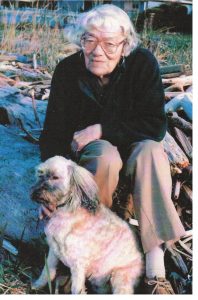
MOVING TO CANADA
Andrews and Morgan, frustrated at a lack of opportunity in post-war Britain, together decided to emigrate to Canada, settling in Campbell River, British Columbia in 1947. The two found work repairing boats, settling in a seaside cottage. Andrews continued to make linocuts while teaching art classes on evenings and weekends. Her art soon found an audience, with the Vancouver Art Gallery exhibiting a solo show of her work in 1948.
In the 1970s and 80s, Andrews’ work was “rediscovered,” finding new international audiences and bringing Andrews back into the spotlight. The Glenbow Museum in Calgary mounted a retrospective of her work, prompting her to gift over 500 of her artworks to the museum, in addition to linoleum printing blocks, sketches, personal papers and the contents of her studio after her death in 1992. The Glenbow remains a major centre for the study of her work.
ABOUT “IN FULL CRY”
Andrews’ reputation as a master printmaker remains to this day. Her work is recognized for its dynamism, bold use of colour, and vibrant expressionist style. Many of her subjects are deceptively ordinary—though Andrews would “eliminate non-essentials to learn that great lesson of balance.” Movement was of particular interest to the artist, resulting in spirited, eye-catching compositions.
In “In Full Cry,” Andrews transforms a familiar genre scene of equestrians on the hunt into a modernist study of motion. The artist removes all extraneous details—including the fox and hounds—drawing focus sharply towards the riders. During her career, Andrews made several linocuts depicting sporting themes, though her interest was less documentary than an enduring interest in capturing the thrill and exhilaration of these activities.
The Metropolitan Museum of Art which holds a print from this same edition in their permanent collection, notes that the composition exhibits “velocity and potential for danger.” The Met cites the print’s “machinelike aesthetic,” which they link to the artist’s work as a welder in an airplane factory during World War I. That said, the arciform shapes seem to tend more towards the free-flowing than the Fordian. The reductionist equine forms echo the tessellated work of M.C. Escher in the way that the subjects mirror and nest into one another—one needs look no further than the tightly-strung hocks of the lead horse and the way in which they curve around the head of the palomino in the rear. Andrews’s vigorous lines so effortlessly draw the eye around the page in a never-ending loop, proving that in this instance, less is most certainly more.
ABOUT THE AUCTION
Featuring work from the Old Master period to the 21st century, Waddington’s Prints & Photography auction, online from March 19-24, presents a superb opportunity to collect prints and photographs by important artists including Sybil Andrews, Henry Moore, Robert Motherwell, Alexander Calder, David Hockney, Joan Miro, Pablo Picasso, Friedensreich Hundertwasser, Salvador Dali, Marc Chagall, Edward S. Curtis, Bill Reid, Alphonse Mucha and Jules Cheret.
We invite you to browse the full gallery.
Please contact us for more information.
Related News
Meet the Specialist

Kristin Vance
Consignment Specialist
Communications / Marketing



